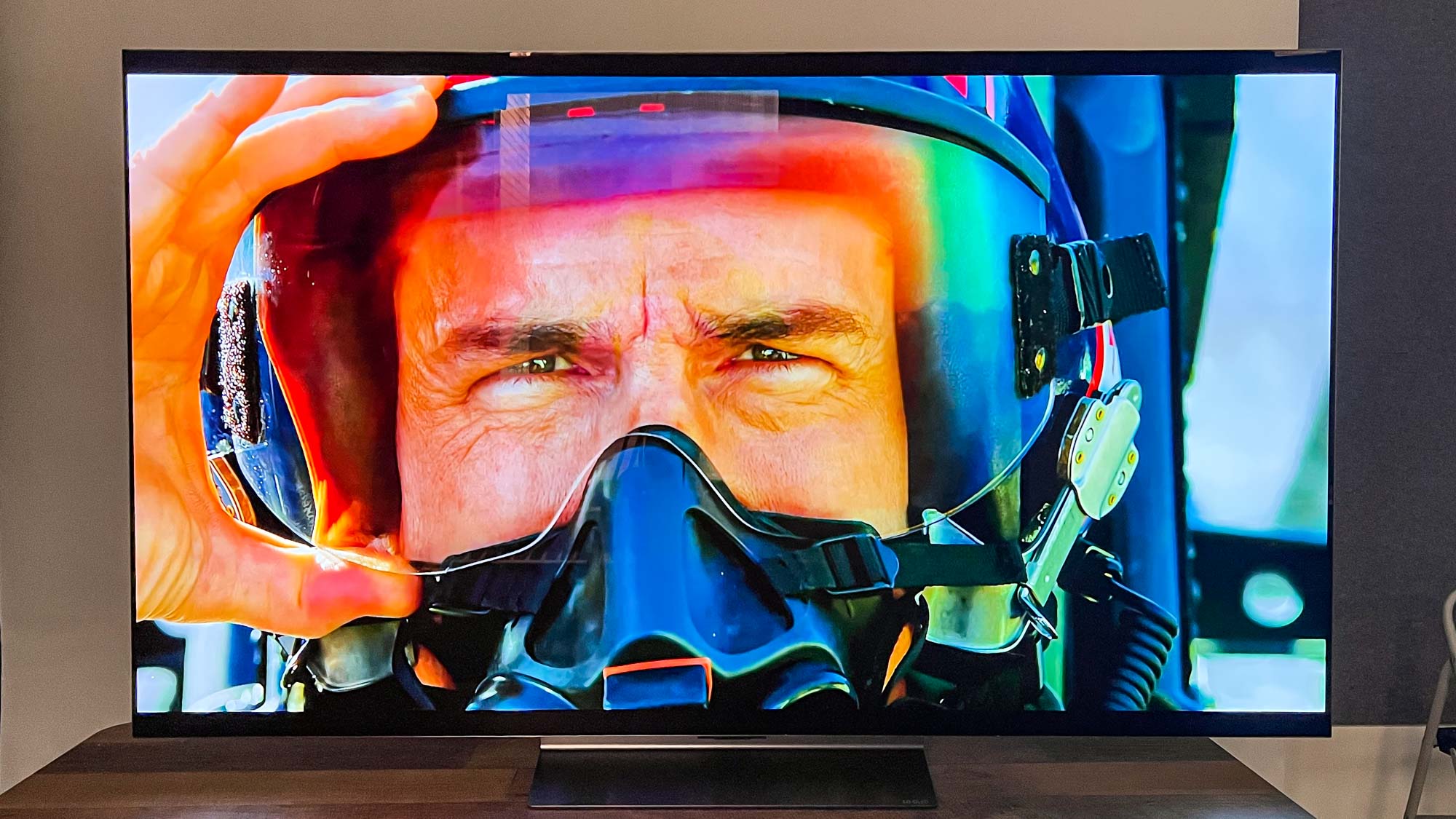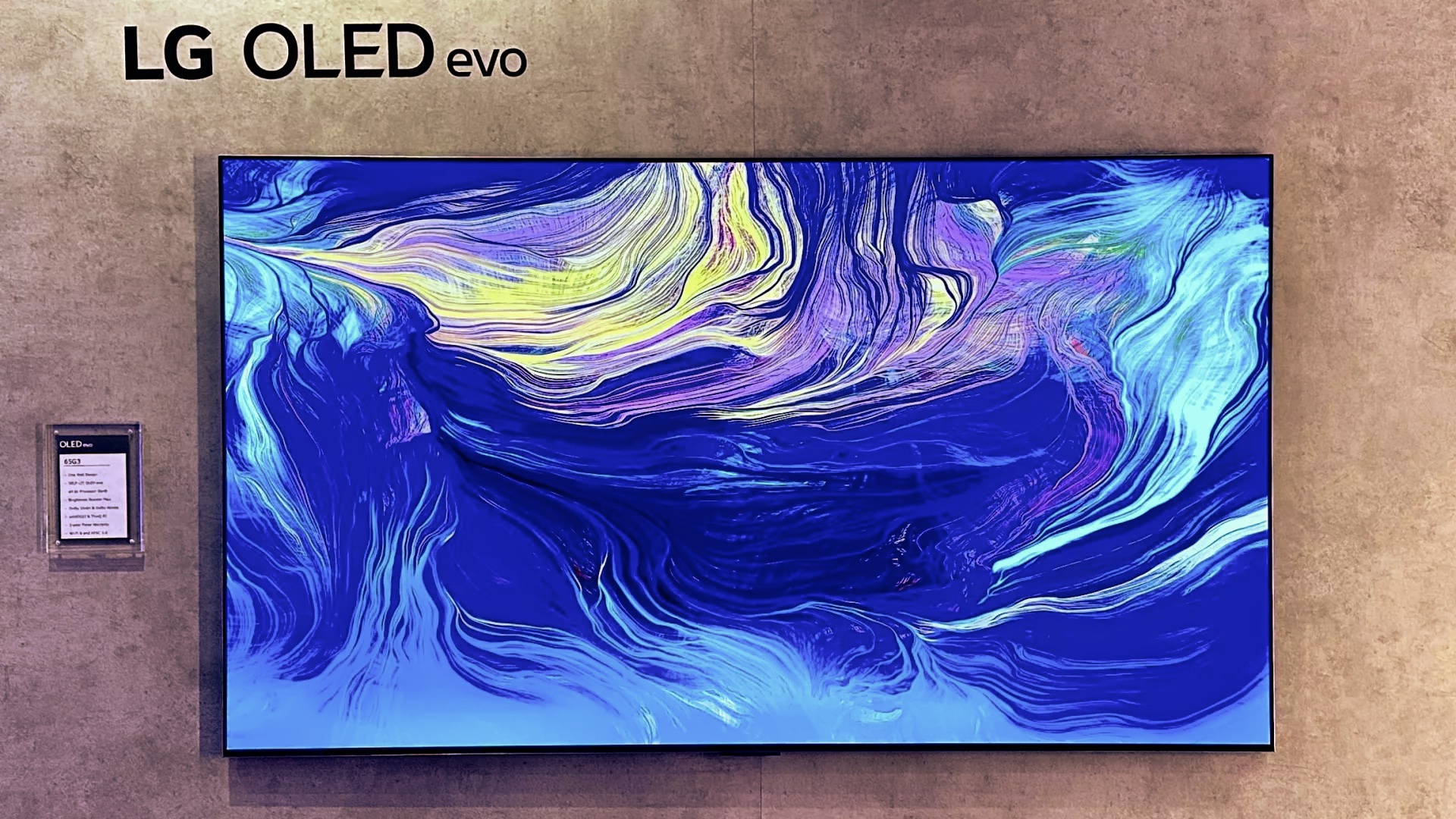
When you look at our list of the best TVs you definitely see some of our best OLED TVs in that list. The true blacks you get from an OLED display make them an excellent choice for anyone looking to upgrade. And now, that upgrade may get cheaper.
According to a new report from Display Supply Chain Consultants (DSCC), OLED and QD-OLED panels should both be getting cheaper in the coming years (h/t FlatpanelsHD). This is a promising trend given that a combination of factors caused display production to actually get more expensive in 2022. This was particularly alarming with WOLED displays, which had increased in costs last year despite a sharp reduction in costs the year before.
So practically, what does this mean? Well, if the costs for these display panels go down year over year going forward, as DSCC projects, then new TVs should be able to launch with lower starting prices than the year before — or at least hold serve — which is a win for consumers.
And, thanks to the fact that one display maker services multiple TV manufacturers, there are a lot of brands that could keep their prices lower.
Cheaper WOLED displays help LG and Samsung

LG Display’s main OLED technology at the moment is WOLED, which is an OLED display that adds a white subpixel to the standard red, green and blue subpixels contained within each OLED pixel. The benefit of this technology is that it is superior at preventing image burn-in, even if it sacrifices some color accuracy.
And because of this advantage, LG has dominated the OLED market with its in-house WOLED displays on TVs like the LG C3 OLED TV. In fact, Samsung — which has its own display subsidiary called Samsung Display — just announced a deal with LG Display that will see it buy 2 million 77-inch and 83-inch WOLED panels next year from LG.
That means that thanks to WOLED getting cheaper for LG — per-panel costs for 55-inch panels are projected to drop by over $100 between now and 2026 — we should see those savings spread to Samsung TVs too.
Samsung and Sony save big on QD-OLED

WOLED isn’t the only place where we are expecting to see cost savings though. DSCC also projects that 65-inch QD-OLED costs could drop as much as 30% thanks to improvements by Samsung Display.
And this is huge for consumers because there’s an argument that QD-OLED panels are superior to WOLED panels. Their RGB OLED pixels produce more accurate colors than WOLED displays and the use of a quantum dot filter (the “QD” in QD-OLED) that provides greater color accuracy when looking at a TV display off-axis (i.e. when you’re not looking straight at it).
But again, it’s not just one company that reaps these benefits. Sony also uses QD-OLED panels in its TVs — most notably in the Sony A95L OLED TV.
So these cost reductions could ultimately bring down the prices of LG, Samsung and Sony. Those are arguably the top-three TV manufacturers, so a lot of contenders for the best TV we’ve ever tested could end up reaping these benefits. We will likely know for sure when the 2024 TV lineups are announced next year.







